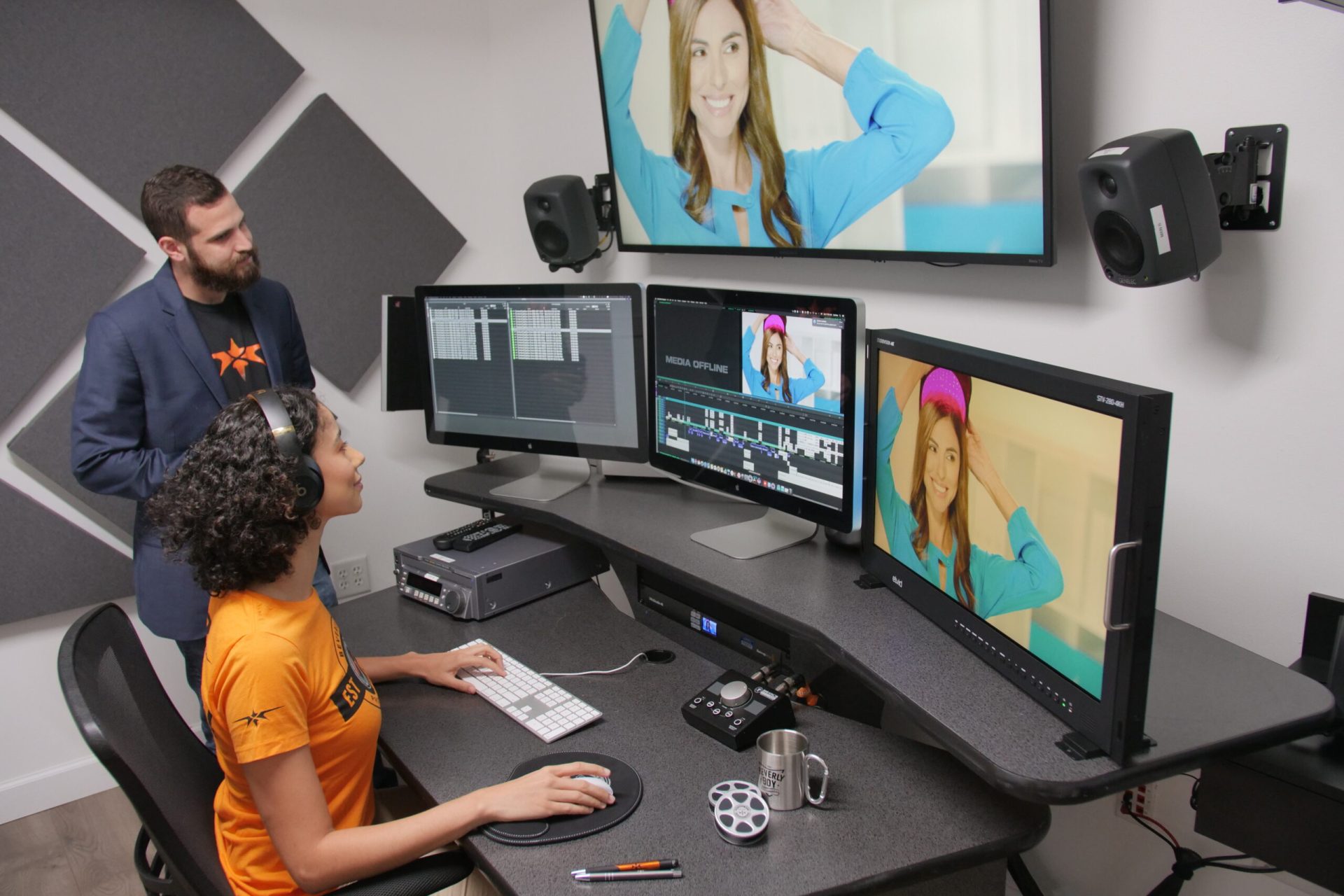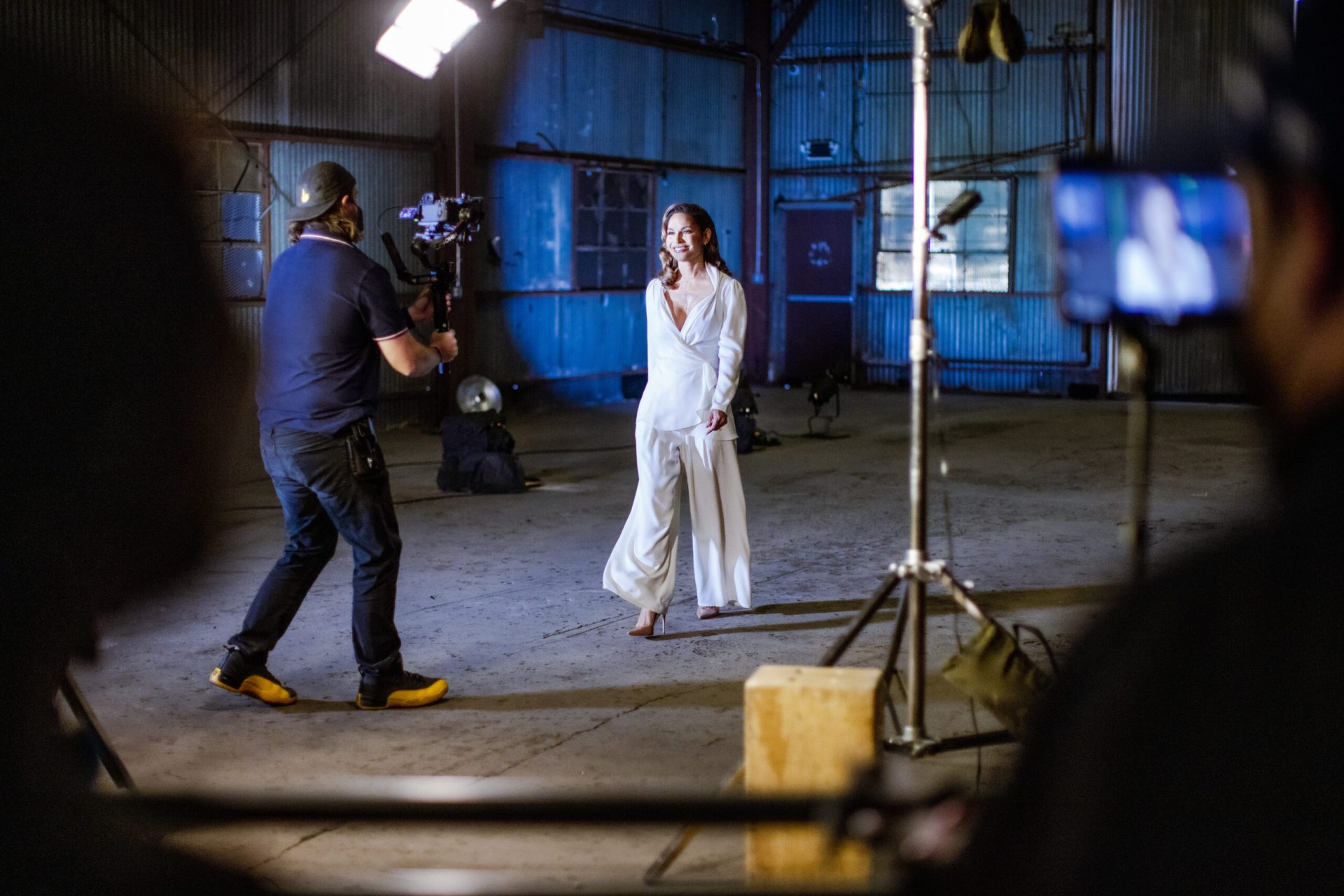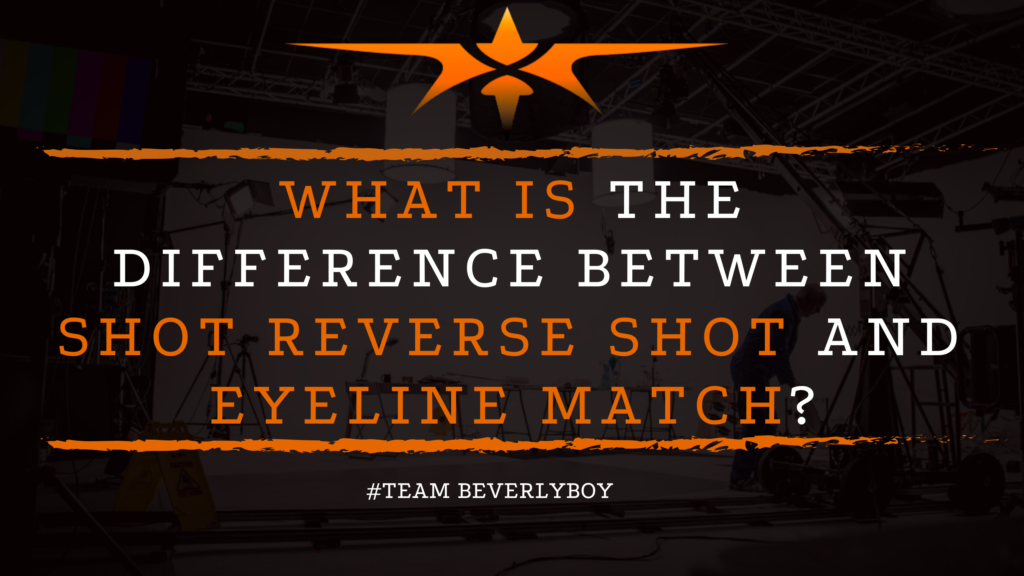What is the Difference Between Shot Reverse Shot and Eyeline Match?
Various camera movements and filmmaking techniques are employed in order to maintain continuity in film so that the audience does not immediately notice that edits or the mechanisms of filmmaking have been engaged in the sharing of a visual story.

continuity editing inquiry here!
Through continuity editing, in which techniques such as shot reverse shot and eyeline match are used to match spatial and temporal relations from shot to shot, a continuous and seamless narrative is delivered to the audience. But What is the Difference Between Shot Reverse Shot and Eyeline Match?
What is Continuity Editing?
Continuity editing is a unique approach to film editing that was once considered Classical Hollywood Style and is now the mainstream most widely accepted method of editing. It involves a variety of steps and techniques which are used to create what is otherwise most suitably described as “invisible editing.” The purpose of continuity editing is to create seamless transitions throughout the film from shot to shot, scene to scene, such that the focus is on the story and not on the editing that is taking place.
Filmmakers achieve continuity editing through a variety of techniques and principals including shot reverse shot, eyeline match, and following various essential rules of continuity including the 180° rule. Perhaps you’ve heard of shot reverse shot, and eyeline match, and wondered, “What is the Difference Between Shot Reverse Shot and Eyeline Match?”
What is Shot Reverse Shot?
Shot reverse shot is an editing technique that filmmakers use to maintain continuity in a film. The classical filmmaking device involves capturing a shot such that the cutting pattern involves a series of over the shoulder shots captured from one participant to the other. This editing technique is most frequently used in dialogue sequences where characters are talking back and forth to one another such as across from each other at a table or just when standing across from one another looking toward the other and chatting.
Shot reverse shot can also be used when there is no speaking or dialogue occurring, when a character merely looks across to the other character and then that character appears to glance back at the first character. This technique is achieved by framing the character in such a way that it appears he or she is looking directly at the other character. Two cameras are required and they must rest toward the side of the 180° line. Each camera must focus on a specific actor.
Generally, shot reverse shot is framed as an over-the-shoulder shot such that each camera is positioned over the shoulder of the opposite character. Capturing over-the-shoulder shots in this manner allows the film editor to use the shot reverse shot to cut the scenes together for continuity while maintaining visual appeal for the audience.
What is Eyeline Match?
Eyeline match is a technique that is employed to maintain spatial continuity so that cuts are not as noticeable when they are made. When an editor employs this technique shot A will be captured such that it appears the character is looking offscreen. Shot B is captured such that it shows the object, or person, that the character in Shot A is looking toward. Both shots are captured at a consistent level such that it would appear to be at the same eyeline so that when the shots are cut from one to the other the appearance is as if a character’s gaze has been precisely directed to a particular location.
By employing the eyeline match technique, the film editor is able to make the cut smooth and seamless. The viewer knows that a cut is coming, because the character looks off screen, but they are not focused on the cut because what is visible in the next shot is at the appropriate eyeline and was to be expected.
What is the Difference Between Shot Reverse Shot and Eyeline Match in Film?

So What is the Difference Between Shot Reverse Shot and Eyeline Match and why does an editor choose one over the other? Shot reverse shot is a technique that involves placing the camera where a character’s eyes would otherwise be and may utilize eyeline match to achieve this effect. Shot reverse shot is a pattern of alternating shots so that we see just one character at a time. It can be achieved in a number of ways including the simple shot reverse shot which involves the two camera pattern that captures the point-of-view, over-the-shoulder or similar shot.
A shot reverse shot represents a camera technique whereas an eyeline match represents one of the many considerations in continuity editing that are made when a shot is captured. So first, shot reverse shot is captured with a focus on each character showing one and then the other, and then to ensure continuity eyeline match an take the shot reverse shot a step further to ensure that the shots line up with the object or characters that are captured in the shot. The eyeline match makes the cut smoother so that the edits that are made in the shot reverse shot technique are not wonky or overly noticeable.


